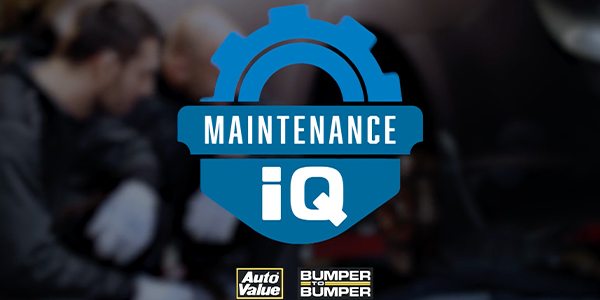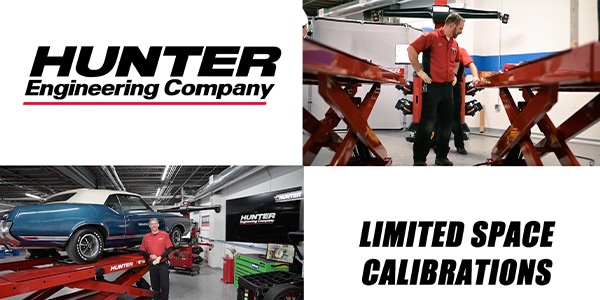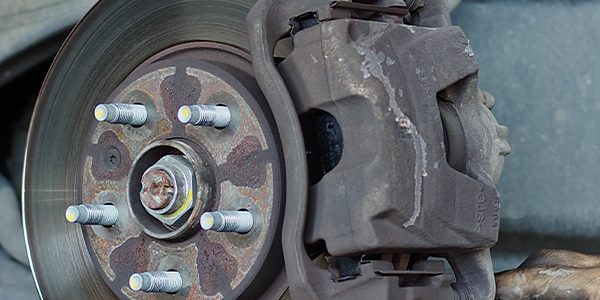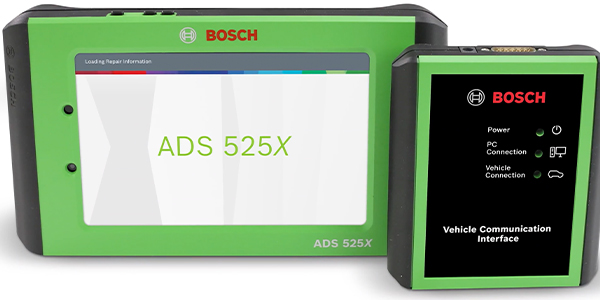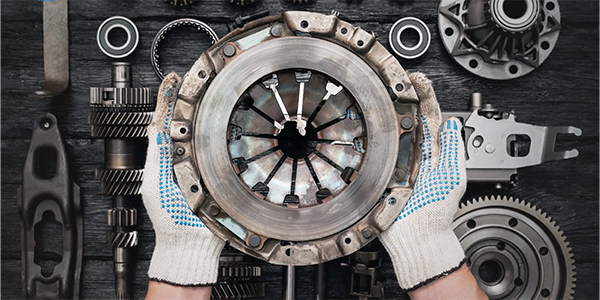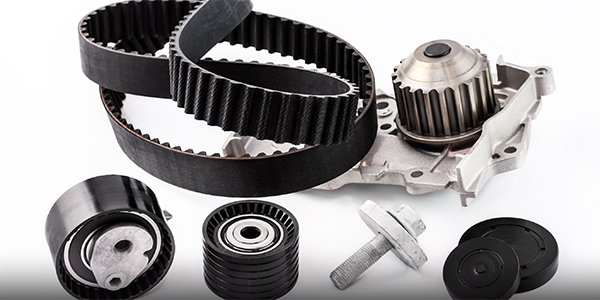Used parts are sometimes considered a good value by some vehicle owners, because they are usually cheaper than new, rebuilt or remanufactured parts. Of course, when it comes to used parts, you really do get what you pay for. Buying used parts often means sacrificing reliability since it is impossible to know how long the part will last or how well it was maintained in the first place. Buying used parts also takes a lot more time and effort on your part, typically, and will require more diligence in getting parts from a trusted source.
Some places selling used parts are salvage yards, and they may need you to come pull your parts or at least pick them up. Also, there is rarely a guarantee or warranty on the parts that you buy. If there is, it will be short or so limited that it’s probably not even worth having in the first place. It is essentially a “buyer beware” situation, and that isn’t always ideal for every vehicle owner.
That brings us to re-manufactured parts. What exactly is a remanufactured part, and how is it different? Remanufacturing is an industrial process that returns a used, worn, or inoperative product, also known as a “core,” to its same-as-new or better condition and performance. The core for a remanufactured part is completely disassembled down to individual components. All renewable components are cleaned and analyzed for failure modes, and then reassembled using a combination of new and refurbished components, resulting in a reliable finished product virtually identical to a new part.
Some remanufacturers, such as CARDONE, also address known OEM design issues, using upgraded components or processes in place of OEM, and resulting in a better finished product than its new OEM equivalent. An example is a CARDONE re-engineered design improvement on Ford F250 & F350 power brake boosters. The original design was prone to water entry, which caused a hard pedal during braking. CARDONE implemented a silicone seal around the shell neck, including the entire crimp area, to ensure a water-tight seal and longer-lasting performance.
Another CARDONE design improvement spans several American truck applications that cover 3.7 million vehicles on the road today. The push rod in the original design tended to fall out of place, causing unit failure. CARDONE designed a custom a plastic cover to secure the push rod in place, resulting in longer unit life and better reliability.
- 54-74400 Silicone Seal Addition
- 54-71085 Pushrod Cover Addition
Another key differentiator of remanufactured parts is that they are 100% computer tested under simulated on-car conditions and warrantied, whereas used parts come as is with no long-term guarantees.
Interestingly, remanufactured parts are also kinder to the environment than a brand-new part. Remanufacturing employs many of the same manufacturing techniques as the production of new components, but the reman process can take up to 85% less energy to produce an equivalent product than building one from scratch. This energy conservation equates to reduced production costs, which can be passed along the supply chain, resulting in a significant savings when compared to the price of a new product. In some cases, the savings can be 40% or more!
The remanufacturing process only requires 15-20 percent of the total energy and material it takes to manufacture new parts, because we reuse the original units, also known as “cores”, that come off vehicles. As Michael Cardone, Sr. used to say, “Remanufacturing was green before green was popular.” That makes them appealing for motorists with one eye on the environment.
Cardone’s operation has been built on perfecting its remanufacturing process for more than 50 years. Remanufacturing is more than refurbishing or replacing a few failed springs. It’s a controlled manufacturing process designed by experienced engineers and backed by a strong warranty.
When choosing between used, remanufactured or new parts, consider the advantages of remanufacturing, where you get a high-quality product backed by a strong warranty like you would get with new, but with the lower price and environmental benefits you would expect with used parts.
Ultimately, remanufacturing is good for the environment, good for the economy and, most of all, it’s good for you!
This video is sponsored by CARDONE.


